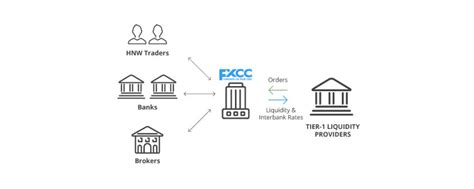“Liquidity Under Pressure: The Role of LPPs in Cryptocurrency Markets”
The cryptocurrency market is known for its volatility and unpredictability. However, amidst this chaos lies a crucial layer that helps maintain order and stability: liquidity providers (LPs). In this article, we will delve into the world of Layer 1 (L1) assets, with a particular focus on their role in providing liquidity to the cryptocurrency ecosystem.
What is a LPP?
A Liquid Asset Provider (LAP), or more specifically in some contexts, a company that acts as a liquidity provider for various types of assets, including cryptocurrencies. In the context of cryptocurrency markets, LPPs typically consist of institutional investors, hedge funds, and other sophisticated financial institutions seeking to diversify their portfolios by gaining exposure to different asset classes.
Layer 1 Assets
Layer 1 assets are blockchain-based coins or tokens that operate on a decentralized, permissionless network. Some examples of L1 assets are:
- Bitcoin (BTC)
: The most well-known and widely-traded L1 asset.
- Ethereum (ETH): A very popular L1 smart contract platform.
- Cardano (ADA): A L1 cryptocurrency that focuses on security, scalability, and sustainability.
The role of LPs in cryptocurrency markets
LPs play a critical role in maintaining the stability of the cryptocurrency market by providing liquidity to various asset classes. Here are some of the ways they contribute:
- Diversification: By investing in different L1 assets, institutions can diversify their portfolios, reducing exposure to a single asset and mitigating risk.
- Market Participation: LPs can directly participate in the market by injecting capital into the cryptocurrency markets and helping to drive the prices of various assets.
- Risk Management: LPs use their positions to manage risk and protect against potential losses. If they have a diversified portfolio of L1 assets, they can mitigate the impact of price volatility.
How do LPs work?
LPs typically work through a process called “market making.” Here’s how it works:
- Investment: The institution invests in a variety of L1 assets, often using its own capital or a combination of investor funds.
- Position sizing: The institution sets specific position size parameters for each asset to ensure that they maintain a desired level of exposure.
- Market participation: When market conditions allow, LPs directly participate in the market by buying and selling L1 assets.
Challenges faced by LPs
While LPs play a critical role in cryptocurrency markets, they also face a number of challenges:
- Regulatory uncertainty

: The regulatory environment for L1 assets is still evolving and is often unclear.
- Market Volatility: Cryptocurrency markets are highly volatile, making it difficult to manage positions effectively.
- Counterparty Risk: VPs should carefully select market counterparties to mitigate counterparty risk.
Conclusion
Liquidity Providers (LPs) are a critical part of the crypto ecosystem, providing liquidity and market participation for a variety of L1 assets. While they face significant challenges, their role in maintaining order and stability is critical to the long-term sustainability of crypto markets. As the regulatory environment continues to evolve, VPs must adapt and remain vigilant to navigate the complexities of the crypto market.
Sources:
- Coindesk “LPs in Crypto Markets”.
- CryptoSlate “The Role of Liquidity Providers in Crypto Markets”.
- Bloomberg “Liquids Under Pressure: The Role of LPs in Crypto Markets”
